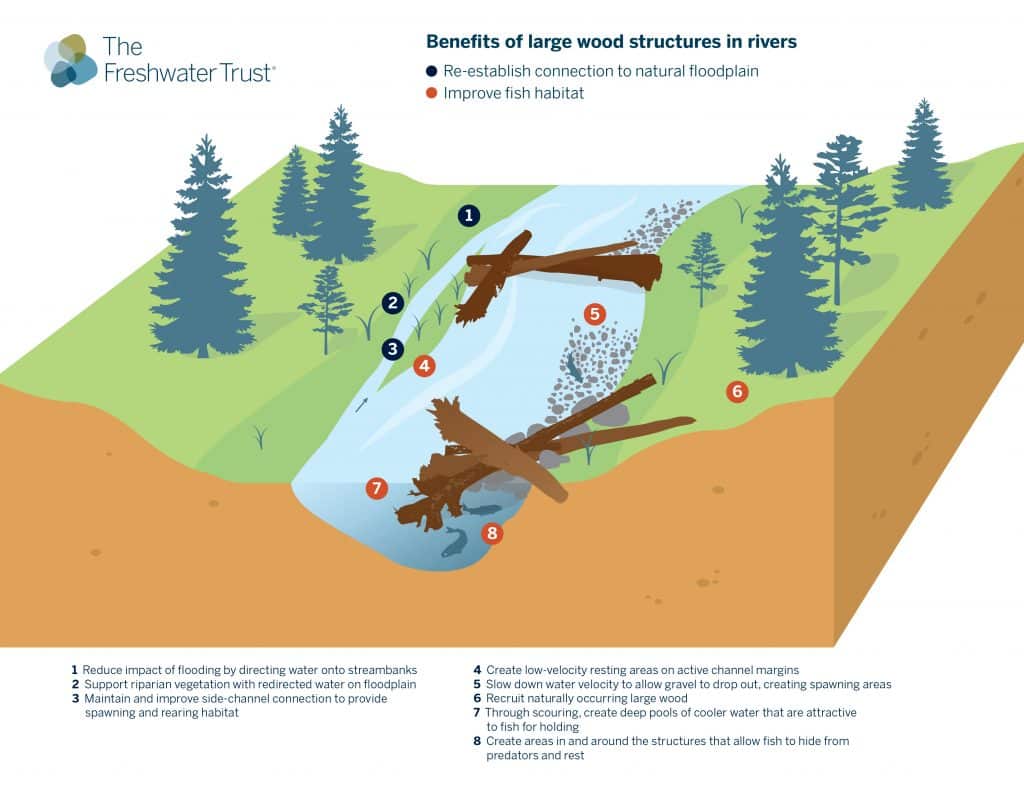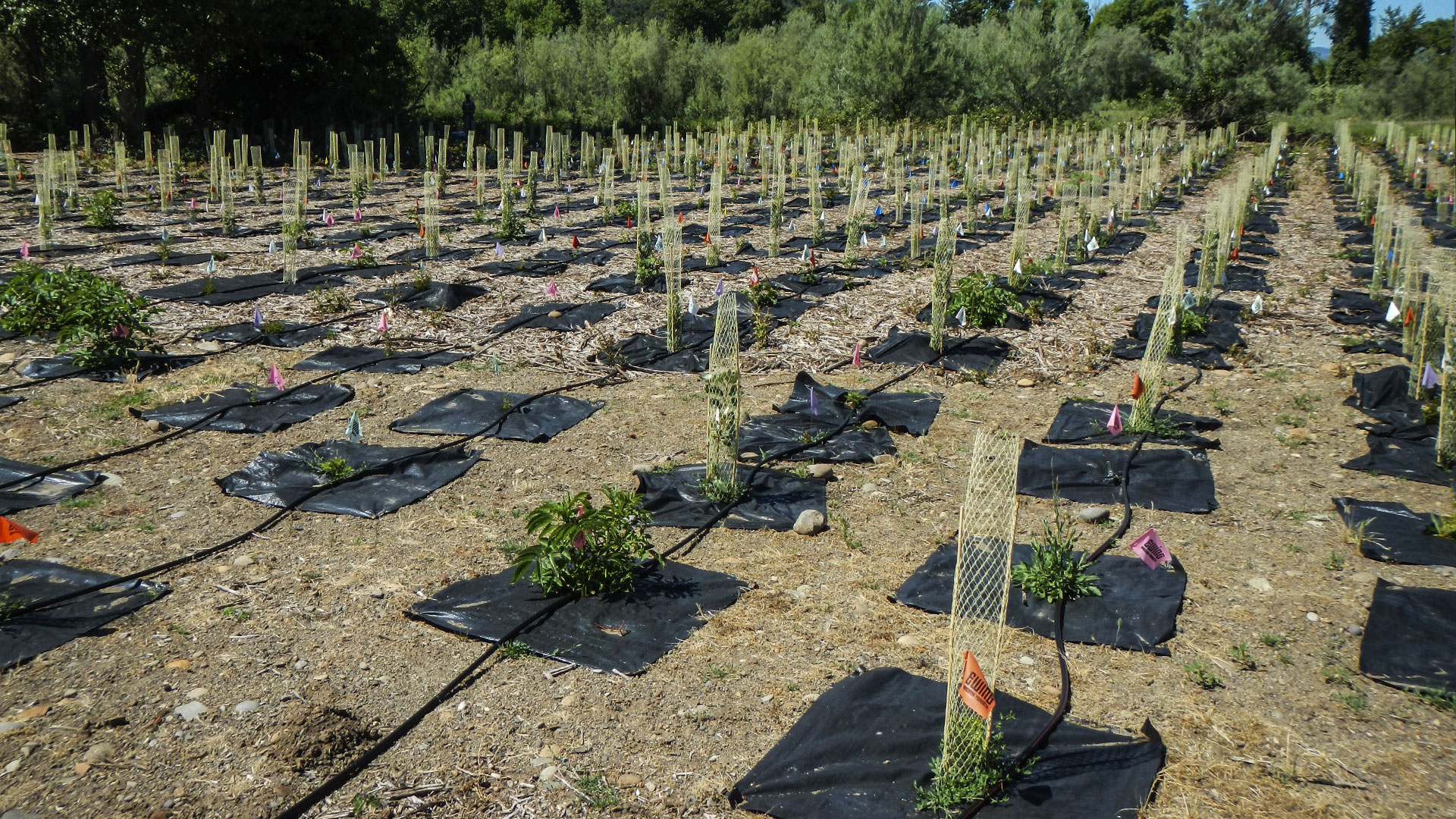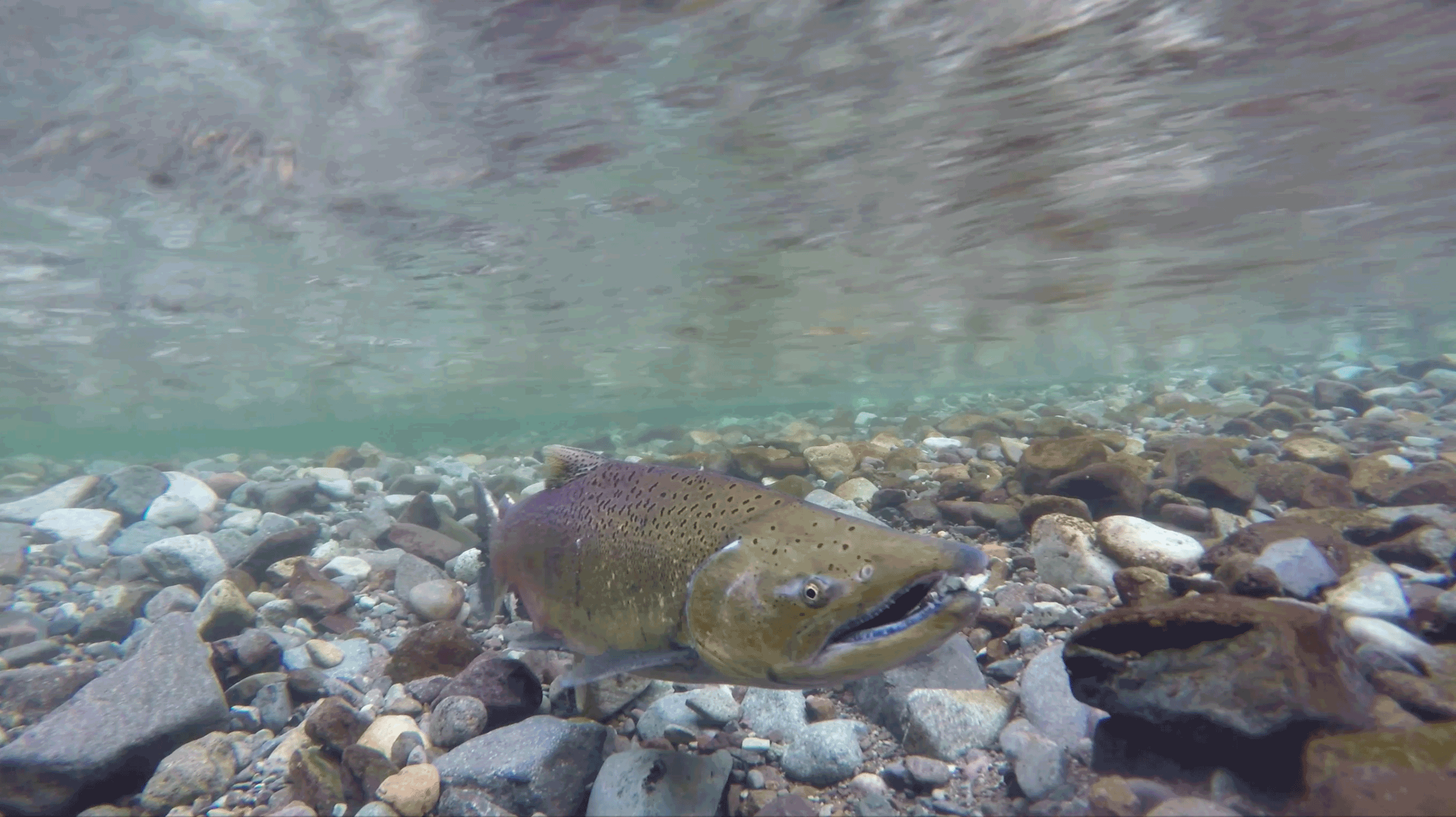Glossary of Terms
A guide to terms used frequently by The Freshwater Trust
Anadromous
A fish such as salmon which migrates up rivers from the sea to spawn.
Aquifer
An underground layer of porous rocks or sediment that stores and retains a large quantity groundwater. The water of an aquifer can be removed by pumping or drilling wells. The water found in aquifers is replenished (or recharged) by drainage of rain and snow melt through the soil.
Basin
A river basin is the area of land over which surface runoff flows via streams, rivers, and lakes into a central river, and from there to the ocean. Basins are divided into watersheds, or land areas that surround those smaller rivers or lakes.
Best Management Practices
Cost-effective, practical methods to prevent or reduce pollution and maintain water quality. Examples of BMPs include constructing vegetated buffers along stream and riverbanks to retain sediment and building fencing to exclude livestock from entering waterways.
Conservation
The act of protecting something from being altered.
Example: TFT partners with landowners to conserve water in rivers.
Floodplain
According to the U.S. Geological Survey, a strip of relatively flat and normally dry land alongside a stream, river or lake that is covered by water during a flood.
Example: Last year we developed two new tools. One of these tools helps assess the outcomes associated with restoring the land adjacent to a stream or river, also known as the floodplain.
Flow Deal
A contract with a landowner, usually an agricultural producer, to be monetarily compensated by The Freshwater Trust for the gallons of water left in a river either all year round or during particularly hot times of the year, when fish need it the most.
Freshwater
A naturally occurring waterbody or channel that is not salty. Water in rivers, streams and lakes is freshwater. Groundwater is also a type of freshwater.
Groundwater
Water held underground in the soil or in pores and crevices in rock. The uppermost layer of groundwater is the water table.
Kilocalorie
A kilocalorie represents the amount of energy required to raise the temperature of a liter of water by 1.0 degree Celsius.
Example: For our proposed program with Idaho Power Company, the streamside trees we plant must reduce the thermal load to the Middle Snake River by 15 billion kilocalories every day.
Large Wood Structure
A structure built out of large wood pieces and usually keyed into the bank of a river. They’re often constructed to provide valuable spawning habitat for native fish, due to the way they slow water flow and create deep pools around them. Logjams are historically a naturally occurring feature of waterways. However, much of the large wood was removed from rivers in the Pacific Northwest for fear of it exacerbating flooding.
Example: In 2023, nearly 450 pieces of large wood were meticulously placed in key stretches of the Rogue and Salmon Rivers where fish will use them for refuge from predators and high flow events. A combination of felling trees and piloting a helicopter allowed us to maneuver the giants into just the right spots. Think “Lincoln Logs” but a little messier and on a bigger scale.

Click here to view larger image.
Quantified Conservation
An approach using data and technology to ensure every restoration action taken translates to a positive outcome.
Example: Instead of planting a tree and hoping it has a benefit, we plant a tree and know it has a benefit by monitoring and quantifying the amount of shade produced, nutrients filtered and carbon sequestered.
Restoration
The act of returning something to a former state.
Example: TFT works to restore streambanks that have previously had all their native plants overrun with invasives or cleared for agriculture.
Riparian
The space between land and a river. It’s often replaced by the word “streamside.”
Example: As part of its program with the City of Medford, The Freshwater Trust works with landowners to plant native trees and shrubs in the riparian zones of the Rogue River and its tributaries. These plants produce shade, helping to offset the warm water that’s discharged into the river by the wastewater treatment facility.

Salmonid
A fish in the salmon family.
Example: Salmon are a classic species for the Pacific Northwest. However, due to loss of habitat, populations have decreased significantly over the past several decades. Thanks to restoration efforts in Oregon’s Sandy River Basin by The Freshwater Trust and the Sandy River Basin Partners, adult coho populations in the Salmon River increased 320% between 2010 and 2021.

StreamBank® Toolkit
A patented toolkit for assessing watersheds, prioritizing restoration actions and monitoring progress over time.
Our StreamBank toolkit has three parts. BasinScout®: Diagnostics that surveys large landscapes and watersheds to estimate environmental uplift and prioritize restoration sites. StreamBank Monitoring: An application for collecting monitoring data in the field, and compiling that data for long-term analysis and reporting. And StreamBank Administrative Toolkit: A program management tool that allows for efficient implementation and tracking of large-scale watershed programs.
TMDL
Total Maximum Daily Load is a regulatory term in the Clean Water Act that describes the total amount of pollutants a waterway can receive while meeting water quality standards.
Example: The temperature TMDL for the city of Medford’s wastewater treatment facility is 300 million kilocalories per day of impact. According to water quality trading rules, the restoration performed by TFT must offset 600 million kilocalories of impact.
Tributary
A smaller river or stream that feeds into a larger river or stream.
Example: On Neil Creek, a snowmelt-fed tributary of Bear Creek, we have planted native vegetation, installed dozens of large wood structures and fenced out livestock since 2015. In 2017, fish counts had jumped more than 16,000 percent.
Uplift
Uplift is the environmental benefit of a restoration action. Uplift is calculated by measuring the conditions of an ecosystem prior to a restoration project and then modeling the conditions that will result after a project has been implemented.
Water Quality Trading
An option under the Clean Water Act whereby a regulated entity or point source polluter, such as a wastewater treatment facility, can meet compliance by purchasing credits from pollution reduction actions at another, perhaps dispersed, source.
Example: Our partnership with the City of Medford to plant trees along the Rogue River and its tributaries, instead of building a chiller or cooling tower to mitigate the impacts of its warm water discharge, is one of the first regulator-approved water quality trading programs in the country.
Water Right
The right to use water from a specific water source, such as a lake, stream or river.
Example: The Freshwater Trust works with landowners who lease their water rights to us for a certain period of time to keep more water in rivers.
Watershed
The land area that catches and drains water to a particular stream or wetland. This is different from a basin, which is an area of land where all the water in an area drains into a large river. There can be many watersheds within an entire river basin.
